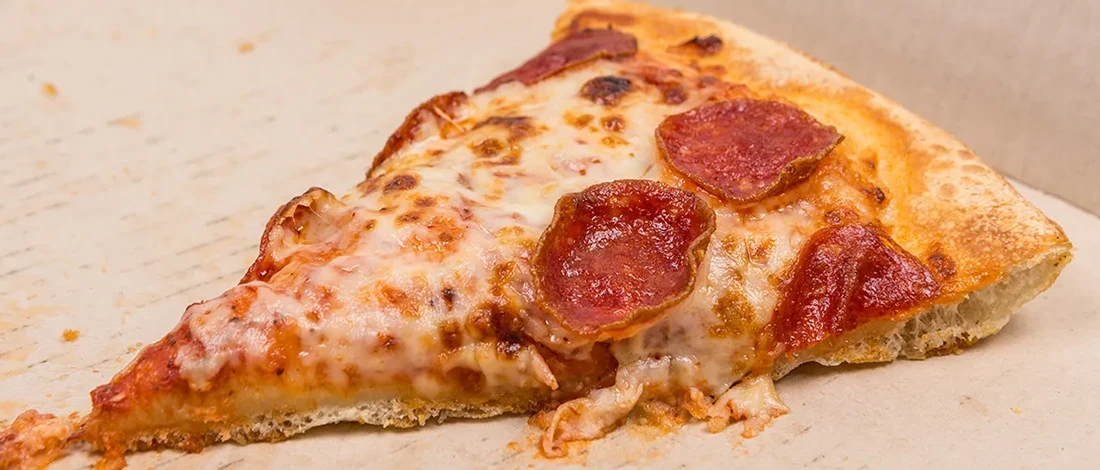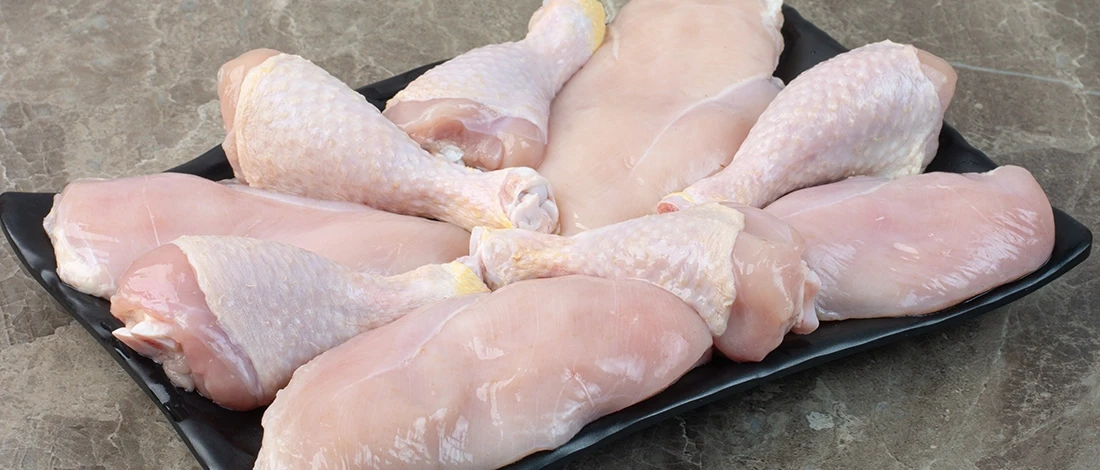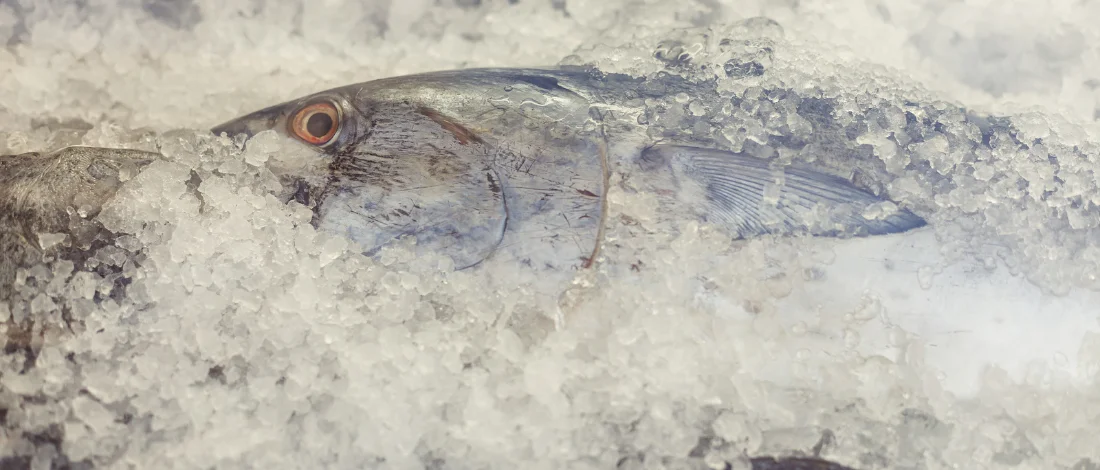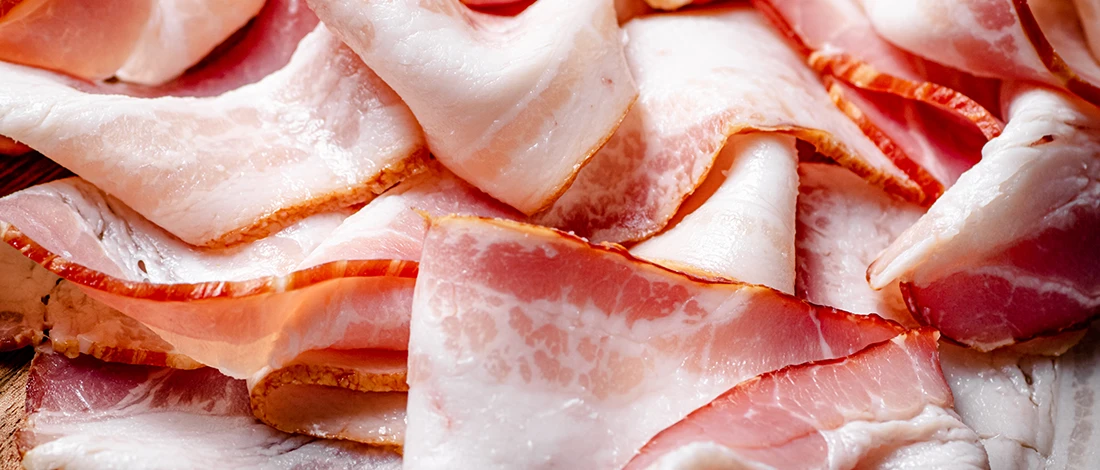I admit eating only meat can get tiresome after a while. Luckily, seafood is a great way to spice up a carnivore diet, and shrimp is my favorite.
However, I often shy away from buying shrimp because I know how temperature-sensitive seafood is, and I’m unsure how long it’ll last in the fridge.
I decided to take the plunge and carefully observed how shrimp changed during the course of several days in my fridge. I also talked with a friend chef to get an expert's opinion.
Here’s what I’ve found.
Quick Summary
- Fresh shrimp can last in the fridge for up to three days, depending if it’s peeled or not.
- How long cooked shrimp lasts depends on how and where you store it.
- You should always store shrimp in their original package or in an airtight container.
How Long Does Raw Shrimp Last in the Fridge?
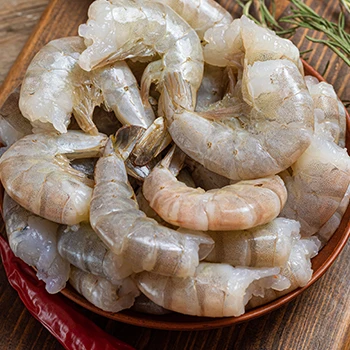
Needless to say, you will need quality shrimp for the longest shelf life. ButcherBox has a huge seafood variety, including shrimp.
Raw shrimp lasts in the fridge for a day or two if the shell is peeled. If the shrimp still has its shell on, it can last for three days.
Note: Most store-bought shrimps don’t have shells, so they stay fresh for less time.
Check the best-by or use-by dates on the shrimp packaging. This is the best indication of when you should use shrimp for the best quality.
You can eat shrimp after the sell-by date if you keep it in the fridge and the raw shrimp doesn’t show spoilage signs.
Generally, crustaceans have a short shelf life, so it’s best to plan a recipe ahead of buying shrimp.
If you can’t cook shrimp within two to three days of buying it, you can freeze it in an airtight bag and keep the raw shrimp in the freezer for up to a year. Label the bag and write down the date to know when you froze it.
Pro tip: You can get canned shrimp and keep them in your pantry or fridge for eight months.
Also Read: How Long Does Sausage Last in the Fridge?
How Long Does Cooked Shrimp Last in the Fridge?
Cooked shrimp lasts three to four days in the fridge, a bit longer than raw shrimp.
However, cooked shrimp will start going bad even when in the fridge because the fridge doesn’t stop the bacteria from spreading but only slows it down.
If you store cooked shrimp in an airtight container, you have closer to four full days to eat it. Air speeds up the spoiling process, so make sure to squeeze out all the air.
“Raw fish and shellfish should be kept in the refrigerator (40 °F/4.4 °C or less) only 1 or 2 days before cooking or freezing. After cooking, store seafood in the refrigerator for 3 to 4 days.”
- United States Department of Agriculture
Note: It’s best to reheat cooked shrimp via the same method you used to cook it. Use a low temperature to reheat cooked shrimp so the shrimp don’t overcook.
The USDA recommends reheating at 165 degrees [1]. Check the cooked shrimp to see when it’s hot because it’ll have a rubbery texture if you overcook an already-cooked shrimp.
Also Read: How Long Will Bacon Last in the Fridge?
How to Store Shrimp in the Fridge

Here’s how to store shrimp in the fridge:
- Store raw shrimp in its original packaging.
- Keep fresh shrimp on the bottom shelf of the fridge in case any liquid leaks from the package. This prevents cross-contamination.
- Store cooked shrimp in an airtight container.
- Your fridge temperature should be 40 degrees or below.
- Store both fresh shrimp and cooked shrimp in the fridge within two hours of buying or cooking it. The bacteria grows quicker at room temperature, and raw and cooked shrimp spoils faster at room temperature.
You can also store raw shrimp and cooked shrimp in the freezer:
- Freeze shrimp in its original packaging without opening it.
- Freeze cooked shrimp in an airtight container or a freezer bag. You can even double-bag and make sure to remove any air from the bags to avoid freezer burn.
- Freeze cooked shrimp and remove any excess liquid.
- Keep the freezer temperature at least 28 degrees or below.
- Thaw frozen cooked shrimp by transferring it to a fridge the night before you eat cold cooked shrimp.
- You can also thaw frozen raw shrimp using the cold water method, where you place frozen shrimp in a bowl with cold water.
How to Know Shrimp Has Gone Bad?

You know shrimp has gone bad by inspecting its color, smell, and texture for signs of spoilage.
- Color — Raw shrimp has a gray or white color and is translucent. If frozen or fresh shrimp have spots, throw them out. Cooked shrimp has a pink color. If it’s faded or gray, it’s gone bad.
- Smell — Fresh shrimp shouldn’t have a strong smell. It can have a salty tang from the sea. If you smell ammonia, or a fishy, sour smell, you shouldn’t eat it.
- Texture — Raw shrimp should have some moisture but shouldn’t feel slimy. If you touch raw or cooked shrimp and your hand is coated in slime, it means there are bacteria, and it’s unsafe to eat.
Overall, both raw and cooked shrimp stay fresh for a short time, even when properly stored.
If you suspect your fresh or frozen cooked shrimp has gone bad, don’t eat it, or you risk food poisoning, which can be fatal in some cases.
Related Articles:
FAQs
Can Shrimp Go Bad in the Fridge?
Yes, shrimp can go bad in the fridge. You can keep raw shrimp in the fridge for about two days and cooked shrimp for up to four days. Ensure the shrimp is stored in an airtight container, or it’ll go bad even faster.
Is Thawed Shrimp Safe to Eat After 4 Days?
No, thawed shrimp isn’t safe to eat after 4 days. It can stay in the fridge for about two days or shorter, depending on how you thaw frozen shrimp.
Are Shrimp Healthy to Eat?
Yes, shrimp are healthy to eat. They are full of vitamins and minerals and are a good source of protein. Be careful when freezing cooked shrimp and storing cooked shrimp to make it last as long as possible and get all the nutrients.
References:
- https://ask.usda.gov/s/article/How-do-I-reheat-leftovers-safely

